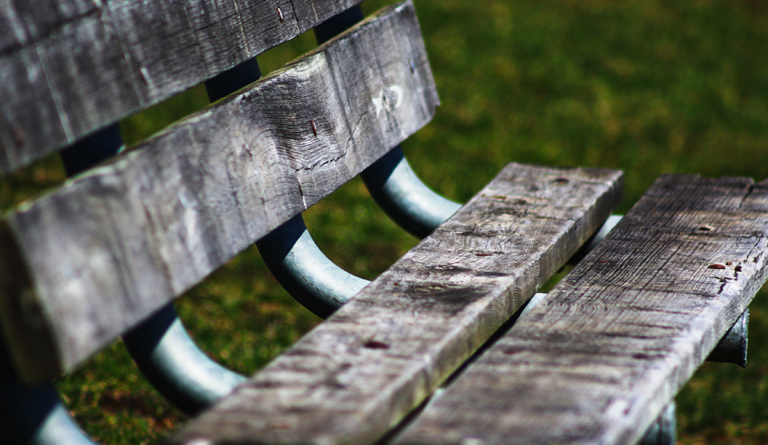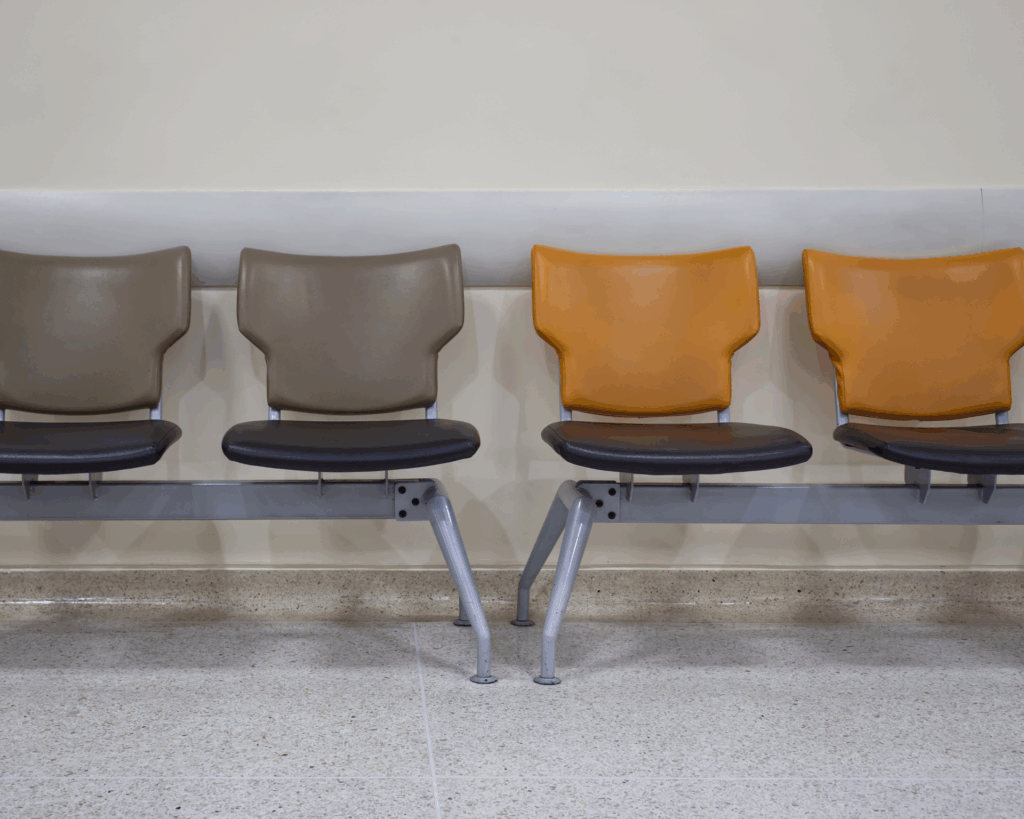Students' Prescriptions for Nature
Now is the time for us to decrease the stress culture, increase the wellness culture, and help make the healthy choice the easy choice by using nature.

Read Time: 3 minutes
Published:
I am a public health pracademic. I work at a university teaching public health and doing applied public health research. For many years before my life in academia, I did frontline work that taught me to look at public health issues as opportunities and ask peers and collaborators, “What if?”
Over the last five years, as an instructor and a parent, I have become aware of the increasing levels of stress and anxiety among students on college campuses, as well as within K-12 schools. My observations were confirmed by the 2017 American College Health Association survey, which found that the majority of student respondents had, in the previous 12 months, experienced tremendous stress, overwhelming anxiety, and feelings of hopelessness. As someone trained to understand the therapeutic benefits of nature and the power of prevention, I began to wonder, “What if students could leverage the free benefits from time in nature to improve their health?”
At some point, life on campus will resume. There will be needs to address mental health, and stresses and anxieties will persist.
My colleagues D.A. Rakow, E.R.B. Eldermire, C.G. Madsen, S.P. Shelley, N.A. Sachs and I dove into this question, building on a growing initiative to prescribe time in nature for the betterment of physical and mental health. We asked about the minimum amount of time in nature needed for a positive impact on mental health and well-being for college-aged students. It turns out that as little as 10 minutes sitting or walking in green spaces like urban parks, urban woods, and relatively undisturbed natural sites can have a significant positive effect on psychological and physiological markers of mental health and well-being. Specific measures of well-being include heart rate, blood pressure, salivary cortisol levels, mood, affect, happiness, stress, and attention. Our findings were published just three months ago, and, with newfound energy, we started designing interventions with university leaders to get students outside for as little as 10 minutes each day.
With the arrival of Covid-19, priorities have changed as we’ve realized the community efforts and collaboration that it will take to respond to the pandemic. Students’ lives have been turned upside down. Institutions postponed graduations and cancelled athletics seasons. Social supports broke, and many students are now off-campus or at home adjusting to learning via on-line mechanisms, some in less-than-ideal learning environments. At least for now, this is changing the college experience. Student levels of stress and anxiety may well be at an all-time high, and we, as educators and administrators, can assist. Time outside—with good social distance—is encouraged and can bring benefits.
At some point, life on campus will resume. There will be needs to address mental health, and stresses and anxieties will persist. Now is the time for us to redesign processes and services that can decrease the stress culture, increase the wellness culture, and help make the healthy choice the easy choice. As spring has arrived, despite Covid-19, I see more people than normal out for walks, kicking soccer balls, and sitting under trees. Perhaps it is boredom. Perhaps it is time. Regardless, some are using nature as therapy.
Photo by Yash Patel on Unsplash



